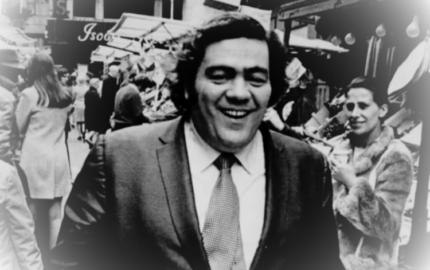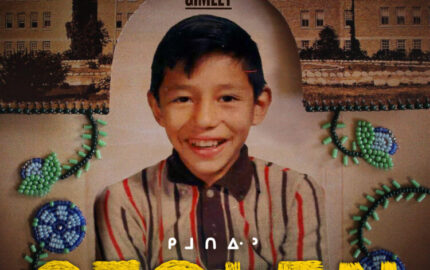Every crime narrative is essentially a human-spirit story: a spirit uplifted or in free fall. Michael Mooney managed to capture both the dark and the light in his D magazine piece “When Lois Pearson Started Fighting Back.” The saga, our latest Notable Narrative, is about the rape and torture of 62-year-old Lois Pearson, a Texan who lived alone and with a virtue that she believed would guarantee rewards in heaven. Mooney drew from more than a week’s worth of testimony in the trial of Jeffrey Maxwell and from long post-trial talks with Pearson, whose church persuaded her to share what she’d been through and how she survived. Here’s part of the opening, on the arrest of Jeffrey Maxwell:
Some readers found the story too brutal to bear, but we consider it deftly calibrated — the right tone, the right revelations, and a transcendent takeaway.
Coming Friday: our conversation with Mooney about how he reported and wrote the story, how he agonized over avoiding what he calls “gore porn,” and how he got Lois Pearson to trust him.
Bradford pushed Maxwell against the wall and put him in handcuffs, even as Maxwell cried out that he hadn’t done anything. Montgomery and another officer went into the house with their guns drawn, clearing each room, calling out, “Sheriff’s Office!” over and over. They didn’t find anyone else in the house, but they did find an assortment of chains, locks, and bloody sex toys. They found handcuffs and shackles next to an open jar of peanut butter, a bottle of lube on the bedroom windowsill, a loaded pistol next to a half-built model ship, and something in the garage that reporters soon took to calling a “homemade deer-skinning device.”
Some readers found the story too brutal to bear, but we consider it deftly calibrated — the right tone, the right revelations, and a transcendent takeaway.
Coming Friday: our conversation with Mooney about how he reported and wrote the story, how he agonized over avoiding what he calls “gore porn,” and how he got Lois Pearson to trust him.


